Research article
Influence of heat shock proteins in individual sensitivity of human neutrophils to heat stress
-
1.
Russian Medical University N. I. Pirogov, Ostrovitianov Street 1, 117997 Moscow, Russia
-
2.
V. A. Trapeznikov Institute of Control Sciences RAS, Profsoyuznaya 65, 117997 Moscow, Russia
-
3.
Institute of Bioorganic Chemistry RAS, Mikluho-Maklaia 16/10, 117997 Moscow, Russia
-
Received:
26 March 2019
Accepted:
19 July 2019
Published:
01 August 2019
-
-
-
-
We have developed a simple and reliable method to measure the sensitivity of individuals to oxidative stress. This method utilizes luminol-amplified chemiluminescence to quantify production of reactive oxygen species (ROS) by opsonized zymosan-stimulated neutrophils that have been subjected to short-term stress via heat shock. In this study, the chemiluminescence reaction was used to monitor the dynamics of ROS production in neutrophils derived from 17 patients of different ages and genders before and after these neutrophils were subjected to heat shock. In addition, we determined expression of Toll-like receptors using fluorescent-labeled antibody. The effects of adrenaline, dexamethasone, aspirin, and indomethacin, as well as different doses of exogenous heat shock protein 70 (Hsp70), on the production of ROS by stimulated neutrophils was also investigated. Our data showed that adrenaline and exogenous Hsp70 both suppressed ROS production by stimulated neutrophils. Furthermore, TLR4 expression was upregulated upon heat stress. Thus, adrenaline, HSPs, and TLRs may all play a role in regulating stress responses in phagocytes.
Citation: Viktor Semenkov, Anatolii Mikhalskii, Alexandr Sapoznikov. Influence of heat shock proteins in individual sensitivity of human neutrophils to heat stress[J]. AIMS Molecular Science, 2019, 6(2): 38-51. doi: 10.3934/molsci.2019.2.38
Related Papers:
| [1] |
Noor Riyadh Thiab, Nicola King, Mary McMillan, Amer Almashhadany, Graham L Jones .
Age-related protein and mRNA expression of glutathione peroxidases (GPx) and Hsp-70 in different regions of rat kidney with and without stressor. AIMS Molecular Science, 2016, 3(2): 125-137.
doi: 10.3934/molsci.2016.2.125
|
| [2] |
Nataša Čerekovic, Palmiro Poltronieri .
Plant signaling pathways activating defence response and interfering mechanisms by pathogen effectors, protein decoys and bodyguards. AIMS Molecular Science, 2017, 4(3): 370-388.
doi: 10.3934/molsci.2017.3.370
|
| [3] |
Zhaoping Qin, Patrick Robichaud, Taihao Quan .
Oxidative stress and CCN1 protein in human skin connective tissue aging. AIMS Molecular Science, 2016, 3(2): 269-279.
doi: 10.3934/molsci.2016.2.269
|
| [4] |
Shreya Shetty, Sampat Kumar Srigiri, Karunakar Shetty .
The potential role of neutrophil extracellular traps (NETS) in periodontal disease—A scanning electron microscopy (SEM) study. AIMS Molecular Science, 2023, 10(3): 205-212.
doi: 10.3934/molsci.2023014
|
| [5] |
Valentina Contrò, John R. Basile, Patrizia Proia .
Sex steroid hormone receptors, their ligands, and nuclear and non-nuclear pathways. AIMS Molecular Science, 2015, 2(3): 294-310.
doi: 10.3934/molsci.2015.3.294
|
| [6] |
Ahmed Yaqinuddin, Abdul Hakim Almakadma, Junaid Kashir .
Kawasaki like disease in SARS-CoV-2 infected children – a key role for neutrophil and macrophage extracellular traps. AIMS Molecular Science, 2021, 8(3): 174-183.
doi: 10.3934/molsci.2021013
|
| [7] |
Francisco Les, Zsuzsa Iffiú-Soltész, Josep Mercarder, Christian Carpéné .
Tyramine activates lipid accumulation in rat adipocytes: influences of in vitro and in vivo administration. AIMS Molecular Science, 2017, 4(3): 339-351.
doi: 10.3934/molsci.2017.3.339
|
| [8] |
Giulia Ambrosi, Pamela Milani .
Endoplasmic reticulum, oxidative stress and their complex crosstalk in neurodegeneration: proteostasis, signaling pathways and molecular chaperones. AIMS Molecular Science, 2017, 4(4): 424-444.
doi: 10.3934/molsci.2017.4.424
|
| [9] |
Marta Monzón .
Approaches to therapy against prion diseases focused on the individual defence system. AIMS Molecular Science, 2017, 4(3): 241-251.
doi: 10.3934/molsci.2017.3.241
|
| [10] |
William M. Scovell, Sachindra R. Joshi .
The changing paradigm: estrogen receptor α recognition on DNA and within the dynamic nature of nucleosomes. AIMS Molecular Science, 2015, 2(2): 48-63.
doi: 10.3934/molsci.2015.2.48
|
-
Abstract
We have developed a simple and reliable method to measure the sensitivity of individuals to oxidative stress. This method utilizes luminol-amplified chemiluminescence to quantify production of reactive oxygen species (ROS) by opsonized zymosan-stimulated neutrophils that have been subjected to short-term stress via heat shock. In this study, the chemiluminescence reaction was used to monitor the dynamics of ROS production in neutrophils derived from 17 patients of different ages and genders before and after these neutrophils were subjected to heat shock. In addition, we determined expression of Toll-like receptors using fluorescent-labeled antibody. The effects of adrenaline, dexamethasone, aspirin, and indomethacin, as well as different doses of exogenous heat shock protein 70 (Hsp70), on the production of ROS by stimulated neutrophils was also investigated. Our data showed that adrenaline and exogenous Hsp70 both suppressed ROS production by stimulated neutrophils. Furthermore, TLR4 expression was upregulated upon heat stress. Thus, adrenaline, HSPs, and TLRs may all play a role in regulating stress responses in phagocytes.
Abbreviation
ROS:
reactive oxygen species;
TLR:
Toll-like receptor;
Hsp70:
heat shock protein 70;
LPS:
lipopolysaccharide;
IL-1:
interleukin 1;
TNF:
tumor necrosis factor;
Conflict of interest
The authors declare no conflict of interest.
References
|
[1]
|
Wang J, Grishin AV, Ford HR (2016) Experimental anti-inflammatory drug semapimod inhibits Toll-like receptor signaling by targeting the TLR chaperone gp96. J Immunol 196: 5130–5137. doi: 10.4049/jimmunol.1502135

|
|
[2]
|
Gao H, Liu X, Sun W, et al. (2017) Total transhinones exhibits anti-inflammatory effects through bloking TLR4 dimerization via the MyD88 pathway. Cell Death Dis 8: e3004.
|
|
[3]
|
Speer EM, Dowling DJ, Xu J, et al. (2018) Pentoxifylline, dexamethasone and azithromycin demonstrate distinct age-dependent and synergistic inhibition of TLR- and inflammasome-mediated cytokine production in human newborn and adult blood in vitro. PLoS ONE 13: e0196352. doi: 10.1371/journal.pone.0196352

|
|
[4]
|
Ikwegbue PC, Masamba P, Oyinloye BE, et al. (2018) Roles of heat shock proteins in apoptosis, oxidative stress, human inflammatory diseases, and cancer. Pharmaceuticals 11: 2. doi: 10.3390/pharmaceutics11010002

|
|
[5]
|
Uttara B, Singh AV, Zamboni P, et al. (2009) Oxidative stress and neurodegenerative diseases: A review of upstream and downstream antioxidant therapeutic options. Curr Neuropharmacol 7: 65–74. doi: 10.2174/157015909787602823

|
|
[6]
|
Maridonneau-Parini I, Clerc J, Polla BS (1988) Heat shock inhibits NADPH oxidase in human neutrophils. Biochem Biophys Res Commun 154: 179–186. doi: 10.1016/0006-291X(88)90667-5

|
|
[7]
|
Costa VM, Silva R, Ferreira LM, et al. (2007) Oxidation process of adrenaline in freshly isolated rat cardiomyocytes: Formation of adrenochrome, quinoproteins, and GSH adduct. Chem Res Toxicol 8: 1183–1191.
|
|
[8]
|
Kovalenko EI, Boyko AA, Semenkov VF, et al. (2014) ROS production, intracellular HSP70 levels and their relationship in human neutrophils: Effects of age. Oncotarget 5: 11800–11812.
|
|
[9]
|
Allen RC, Loose LD (1976) Phagocytic activation of a luminoldependent chemiluminescence in rabbit alveolar and peritoneal macrophages. Biochem Biophys Res Commun 69: 245–252. doi: 10.1016/S0006-291X(76)80299-9

|
|
[10]
|
Doyle SE, O'Connell RM, Miranda GA, et al. (2004) Toll-like receptors induce a phagocytic gene program through p38. J Exp Med 199: 81–90. doi: 10.1084/jem.20031237

|
|
[11]
|
Hermann JK, Lin S, Soffer A, et al. (2018) The role of Toll-like receptor 2 and 4 innate immunity pathways in intracortical microelectrode-induced neuroinflammation. Front Bioeng Biotechnol 6: 113. doi: 10.3389/fbioe.2018.00113

|
|
[12]
|
Ogava K, Suzuki K, Okutsu M, et al. (2008) The association of elevated reactive oxygen levels from neutrophils with low-grade inflammation in the elderly. Immun Ageing 5: 13–20. doi: 10.1186/1742-4933-5-13

|
|
[13]
|
Singh R, Kolvraa S, Rattan SIS (2007) Genetics of human longevity with emphasis on the relevance of HSP70 as candidate genes. Front Biosci 12: 4504–4513. doi: 10.2741/2405

|
|
[14]
|
Semenkov VF, Michalski AI, Sapozhnikov AM (2015) Heating and ultraviolet light activate anti-stress gene functions in humans. Front Genet 6: 245.
|
|
[15]
|
Chittiboyina S, Bai Y, Lelievre SA (2018) Microenvironment-cell nucleus relationship in the context of oxidative stress. Front Cell Dev Biol 6: 23. doi: 10.3389/fcell.2018.00023

|
|
[16]
|
Zininga T, Ramatsui L, Shonhai A (2018) Heat shock proteins as immunomodulants. Molecules 23: 2846. doi: 10.3390/molecules23112846

|
|
[17]
|
Guisasola MC, Alonso B, Bravo B, et al. (2017) An overview of cytokines and heat shock response in polytraumatized patients. Cell Stress Chaperones 23: 483–489.
|
-
-
This article has been cited by:
| 1.
|
Chih-Chun Tsai, Chien-Tai Lin, N. Balakrishnan,
2017,
Chapter 6,
978-981-10-5193-7,
105,
10.1007/978-981-10-5194-4_6
|
|
| 2.
|
Ryota Kobayashi, Katsunori Kitano,
Impact of slow K+ currents on spike generation can be described by an adaptive threshold model,
2016,
40,
0929-5313,
347,
10.1007/s10827-016-0601-0
|
|
| 3.
|
Lubomir Kostal, Petr Lansky, Michael Stiber,
Statistics of inverse interspike intervals: The instantaneous firing rate revisited,
2018,
28,
1054-1500,
106305,
10.1063/1.5036831
|
|
| 4.
|
Wilhelm Braun, Rüdiger Thul,
Sign changes as a universal concept in first-passage-time calculations,
2017,
95,
2470-0045,
10.1103/PhysRevE.95.012114
|
|
| 5.
|
Lubomir Kostal, Kristyna Kovacova,
Estimation of firing rate from instantaneous interspike intervals,
2024,
01680102,
10.1016/j.neures.2024.06.006
|
|
-
-











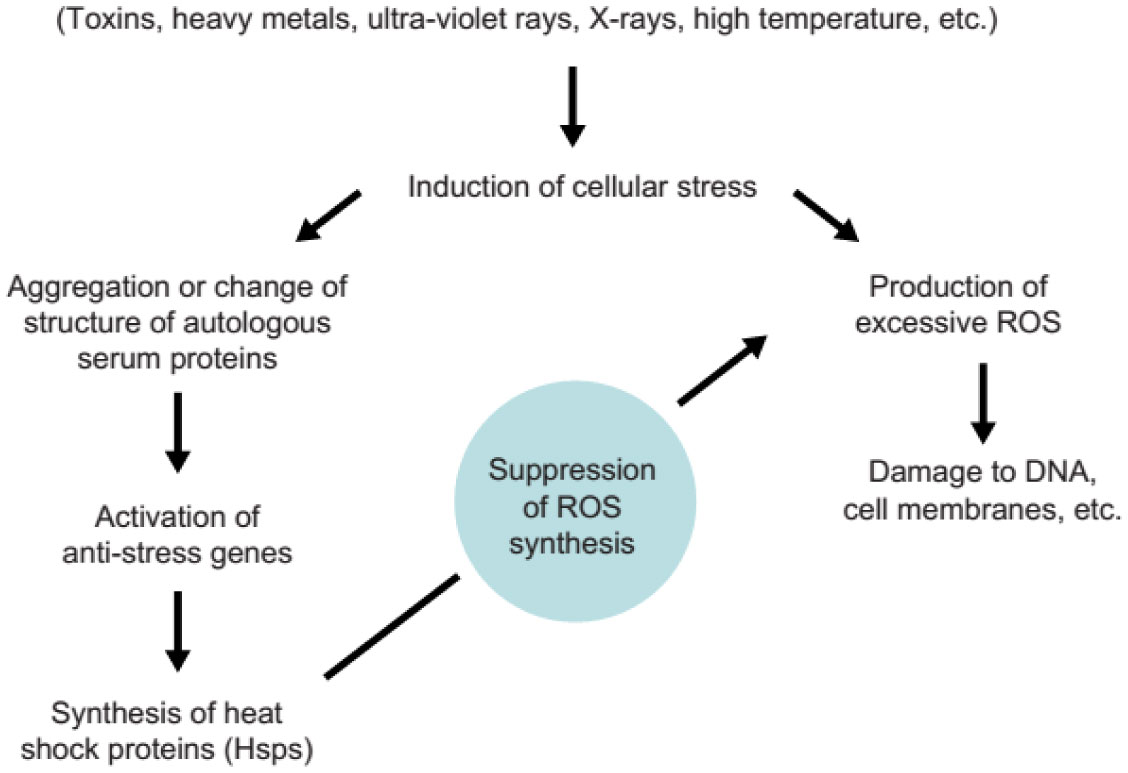
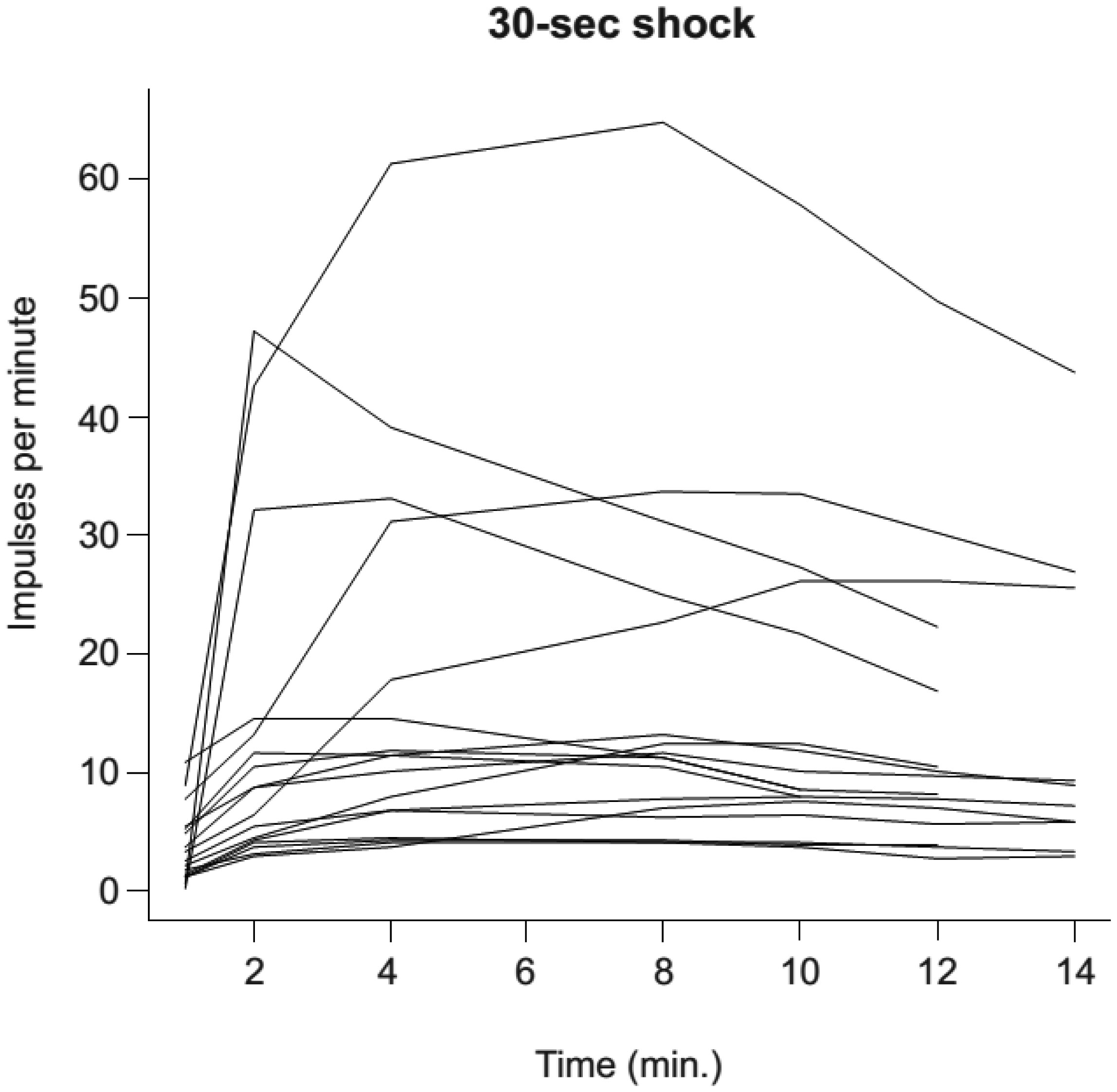
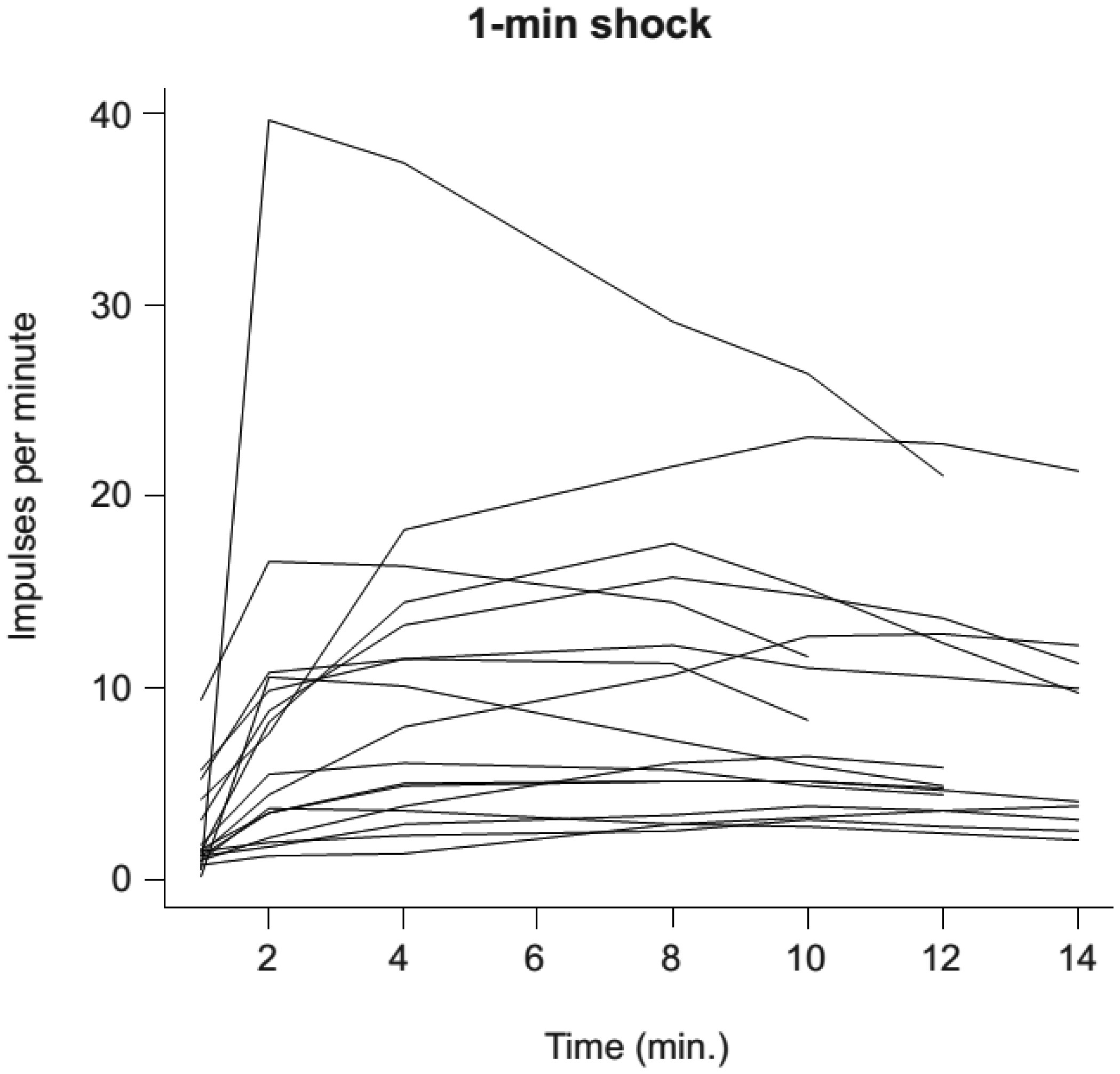


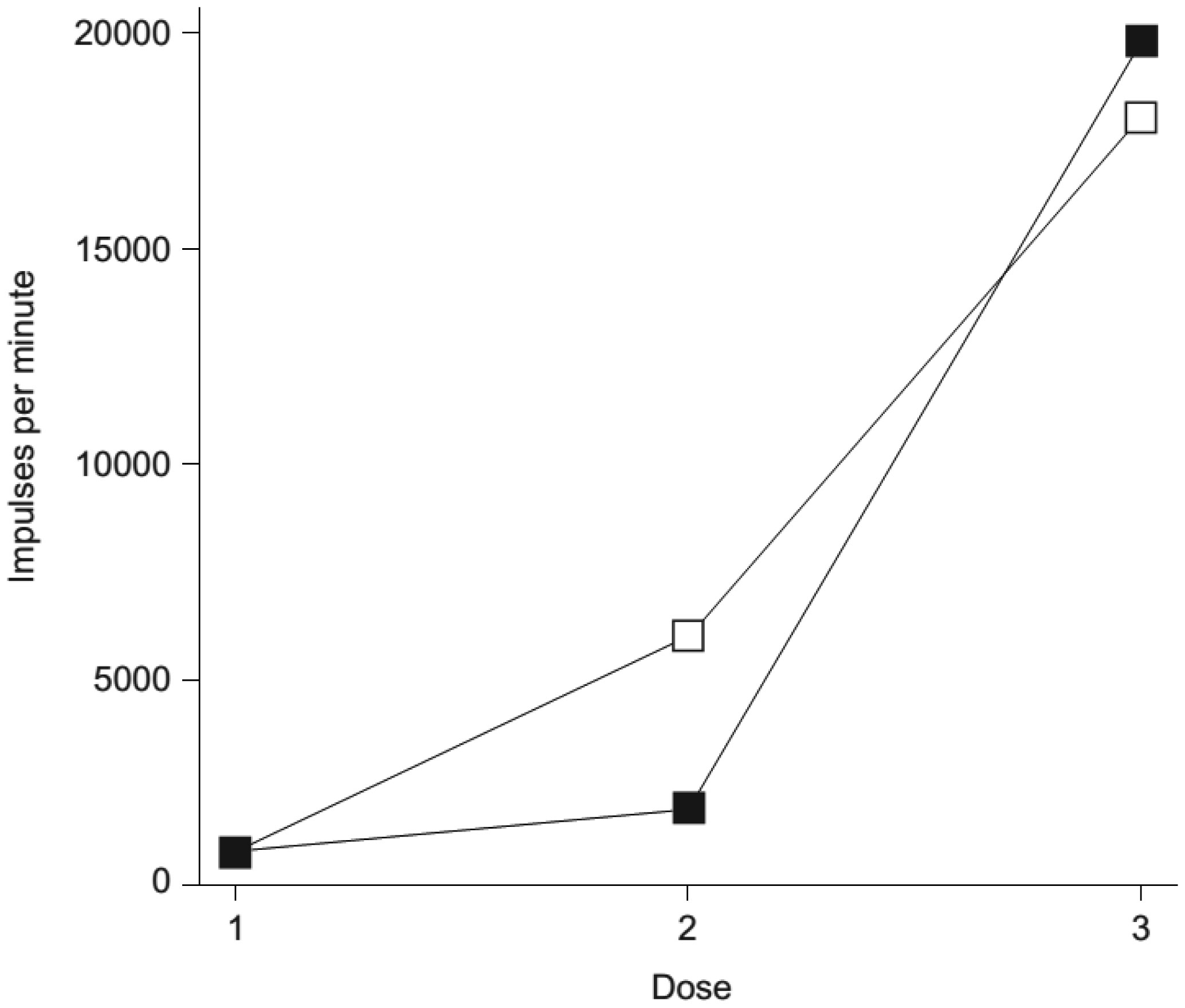
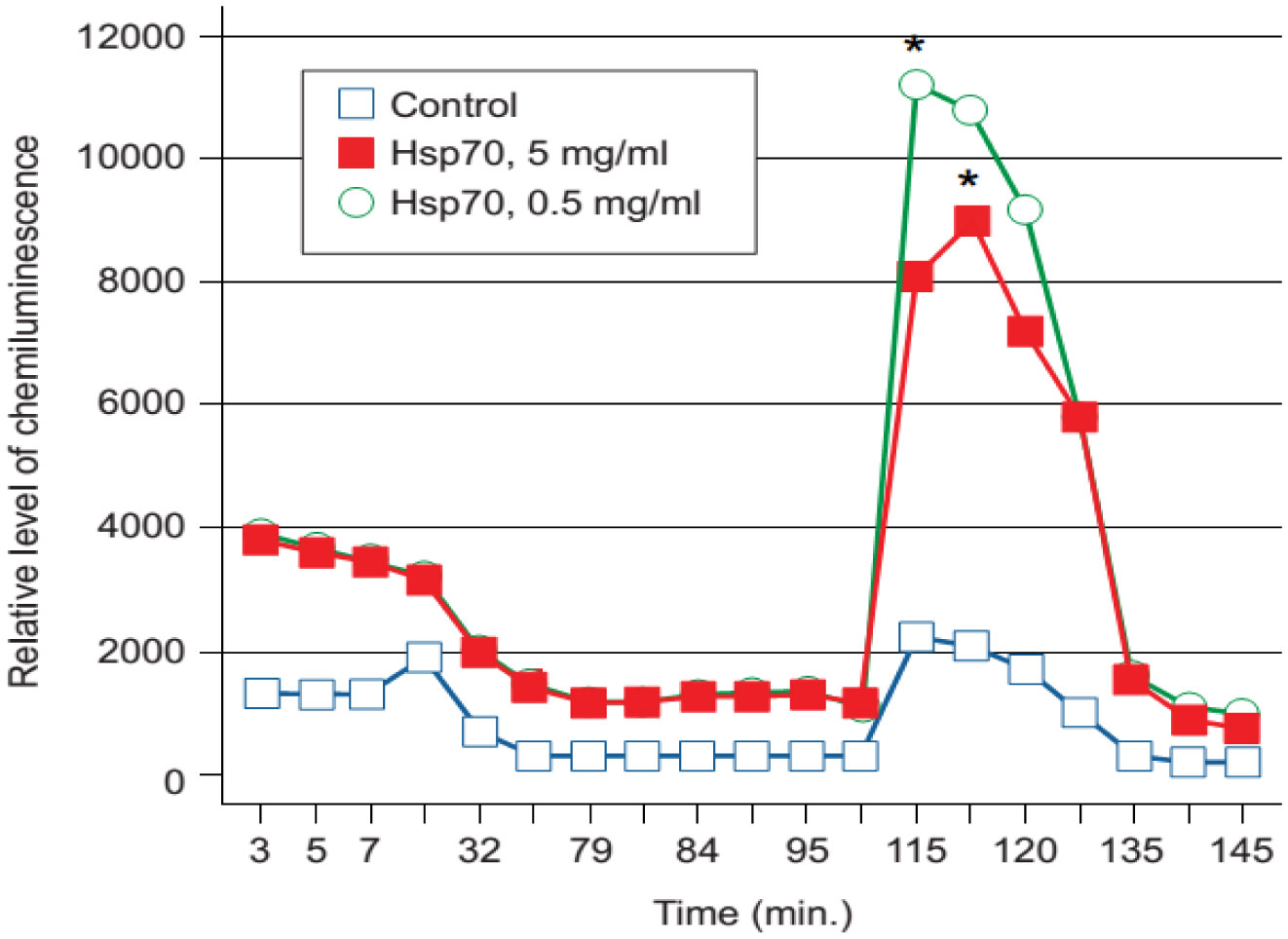
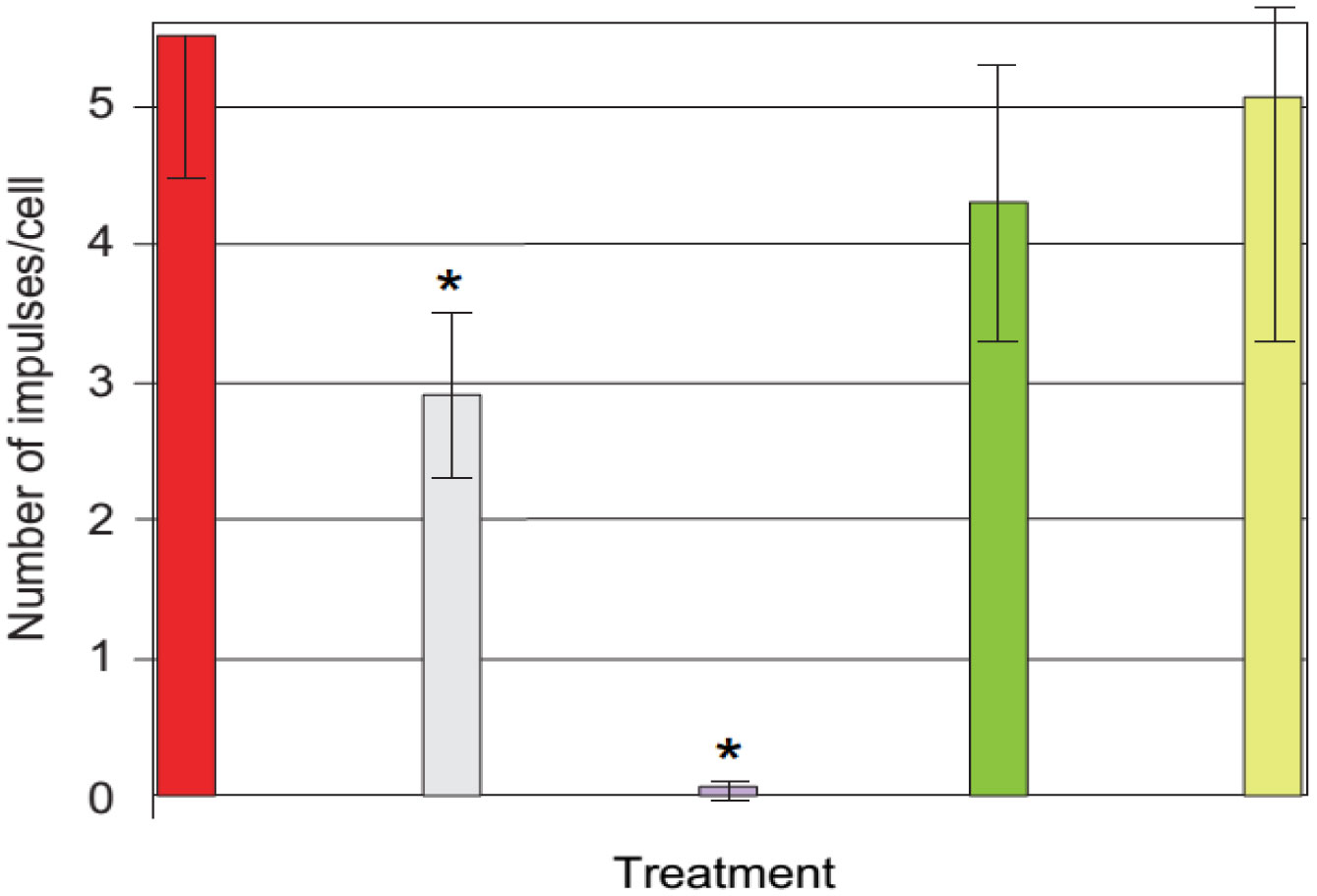
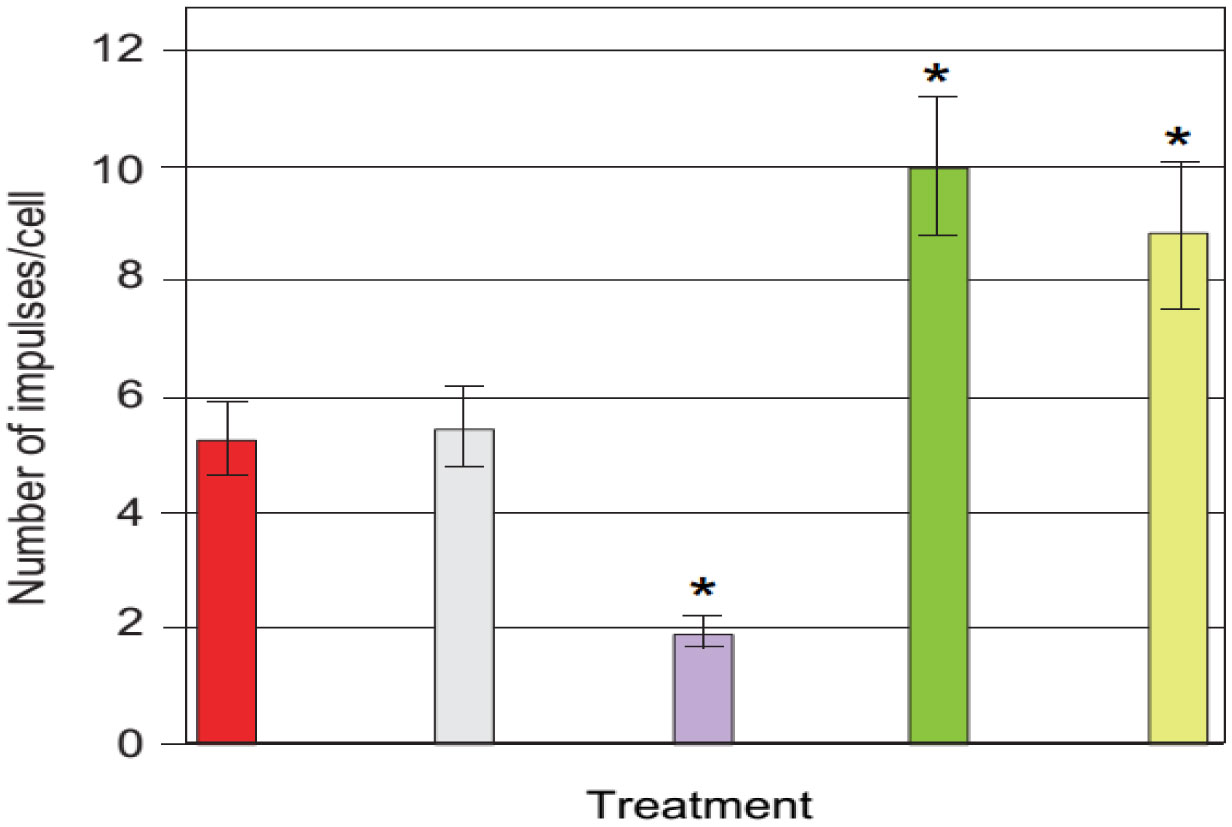
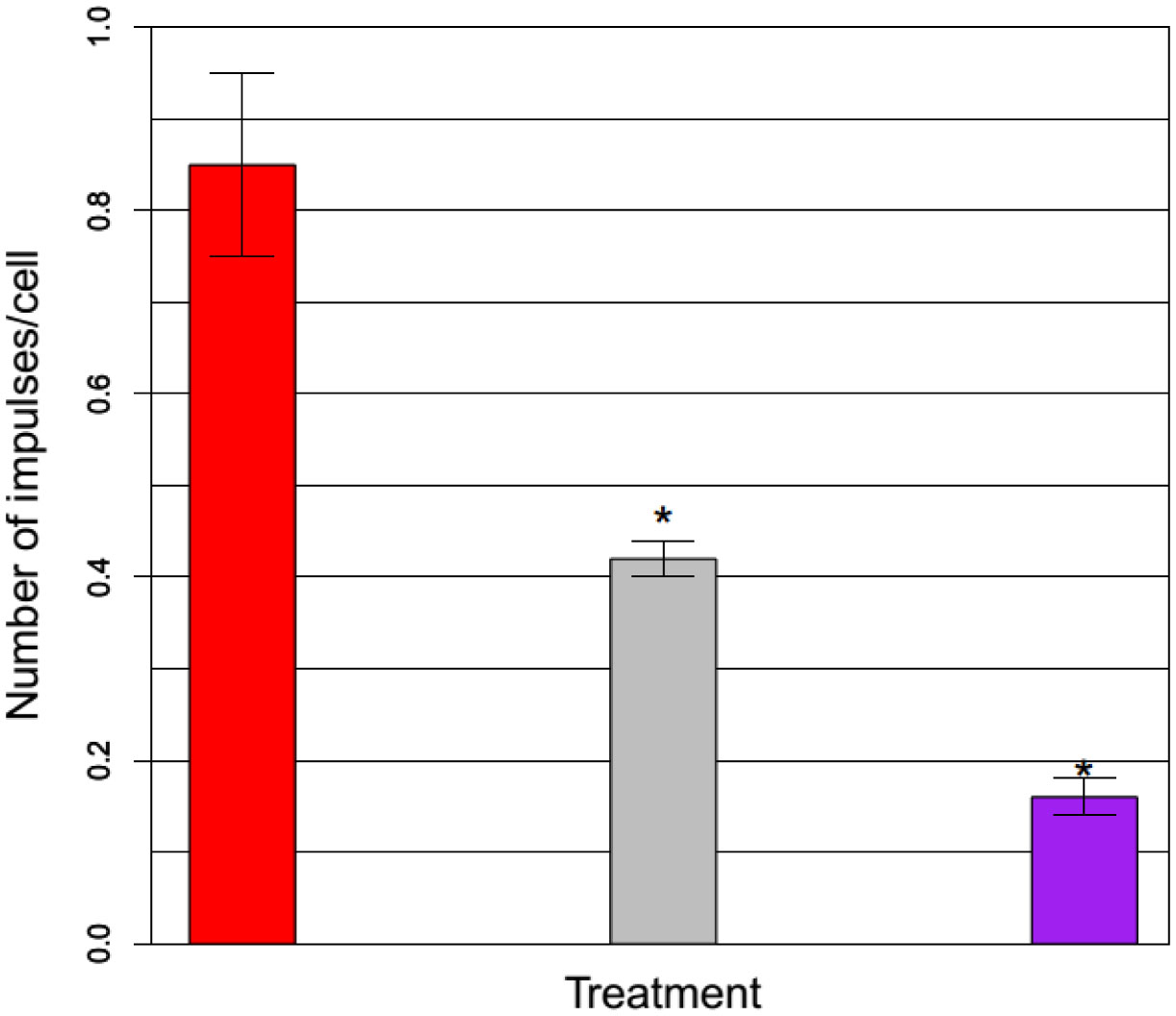


 DownLoad:
DownLoad: